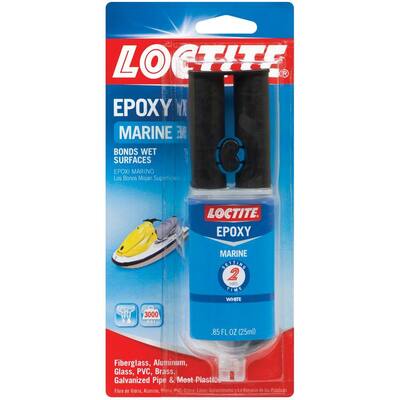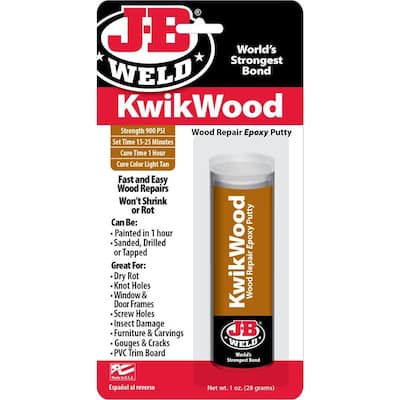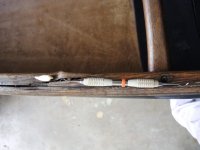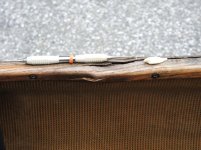Pete, my rational for suggesting tape was that while cutting and epoxying glass cloth is easy for the experienced, the frays and strays might be a sloppy handful for…
About the seamed edge bump -– quite true, but the use of peel ply eliminates that raised seam edge.
While most tapes are 8oz (6oz is also available) the overall weight difference needed for small amount needed on this gunwale repair is insignificant, and if it was covered with peel ply would be essentially the same in appearance as 4oz cloth.
I have some 1"” fiberglass tape that is lighter weight and more tightly woven than most; it looks like 4oz S-glass. And the seam edge on that tape is practically invisible.
In that application I would absolutely use tape. 4 inch tape would wrap around both inwale and outwale leaving the seamed edges near the hull on either side. Keeping it in place while the epoxy sets up might be an issue, and I’'d probably work with the hull upside down and install the tape when the resin was sticky/tacky, even if that needed a topcoat to fill the weave.
BTW, a question for folks who work with glass cloth – has anyone tried spraying Super-77 (or Aqua-net hair spray) on the to-be-cut edges to help keep the strays and frays together? I know that is done with the more difficult to manage carbon fiber cloth.
The physical weight is not a concern, obviously. In my experience, 4 oz/sq yd fiberglass cloth is virtually invisible on wood when the weave is filled. Six oz/sq yd cloth is nearly so, although the weave is usually visible if one looks carefully for it. Eight oz/sq yd cloth is usually clearly visible, although it does not necessarily look bad. Using peel ply makes the edge smoother, but does not affect whether the 'glass fibers will be large enough to be visible. The epoxy impregnated fibers are refractile, and they will be visible if they are large enough.
Yes, I agree, if one were going to leave the inwale and outwale in situ and 'glass over both, 4 inch wide tape would be ideal.
I have not used any spray on adhesive on fiberglass cloth. I am told that fiberglass is treated with sizing to ensure that the fibers take up epoxy evenly. I would be concerned that spraying something on it might affect that ability. I have not found fraying to be much of an issue unless one is working with a piece of cloth with an unusual shape, like an hour glass. I cut the fabric slightly oversized. Any fibers right along the cut edge that look like they will fray off I take off before doing anything with it. Applying a thin coat of epoxy to the surface the cloth is to cover will often help keep it in place. If you treat the cloth gently and wet out the piece from the center outward, very lightly dab epoxy onto the edge without disturbing the fibers, and wait until the fibers have completely saturated with resin before manipulating the edge, fraying is really not much of an issue. Any loose strands are rather easily cut off when the epoxy is green using a sharp knife or scalpel, or feathered off by sanding when the epoxy is cured.
One can also mask the outline of the patch with masking tape and spread the epoxy out over the tape, then when the epoxy is green incise along the tape edge, cutting any stray fibers before removing the mask.




